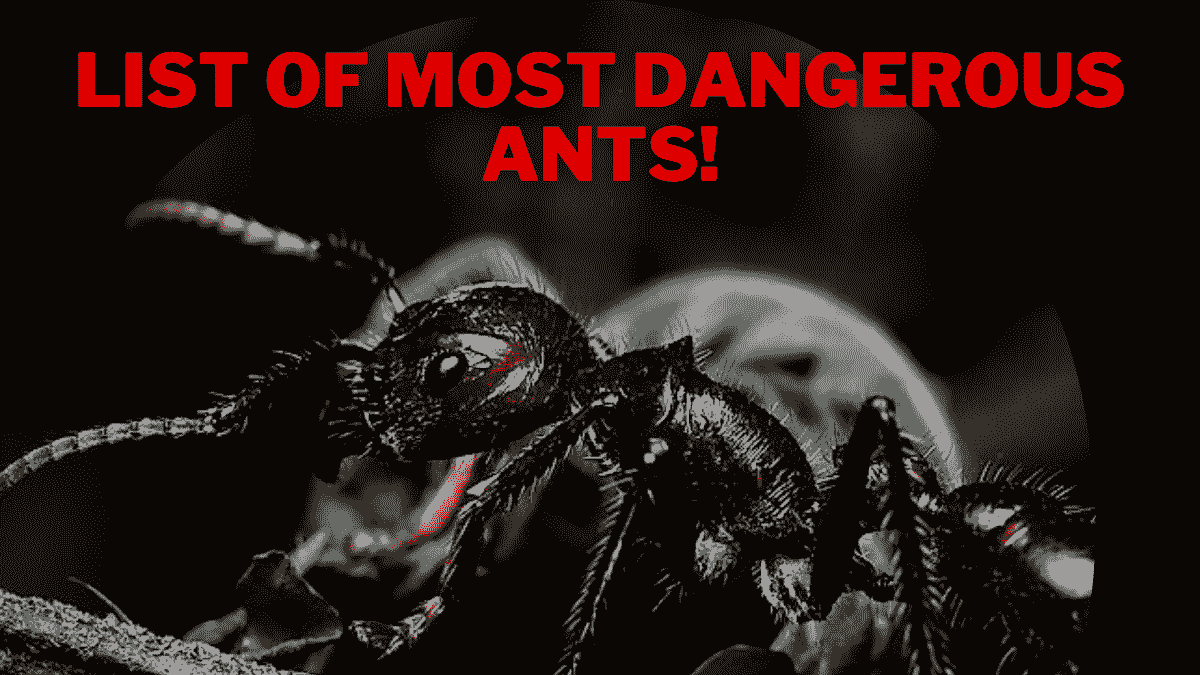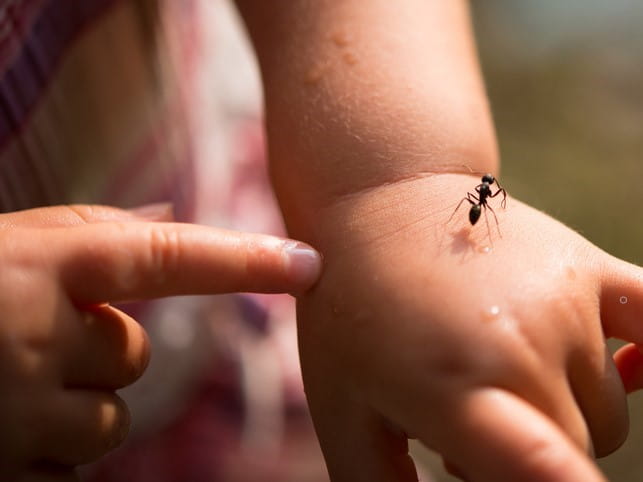Ants, those tiny creatures that we often find scurrying around in our kitchens and gardens, are incredibly diverse. While most ants are harmless, there are a few species that possess venomous bites or stings capable of causing pain or even harm to humans.
Identifying Poisonous Ants
One of the most well-known poisonous ants is the Fire Ant (Solenopsis spp.). These ants are known for their aggressive behavior and painful stings. They can cause severe allergic reactions in some individuals.
Another venomous ant species is the Bullet Ant (Paraponera clavata). This ant, found in South America, has a sting that is described as one of the most painful insect stings in the world.
Some ants from the genus Myrmecia, commonly known as Bulldog Ants, are also considered poisonous. These ants are found in Australia and pack a powerful sting that can cause localized pain and swelling.

Credit: www.jagranjosh.com
Understanding Ant Venom
Ants inject venom through a stinger or other specialized structure when they feel threatened or are defending their colony. This venom can contain a variety of toxins that help the ant subdue prey or protect itself.
While ant venom is usually harmless to humans, some people may have allergic reactions to the proteins in the venom. Symptoms of ant stings can include pain, swelling, itching, and in severe cases, difficulty breathing.
Preventing Ant Stings
To avoid painful encounters with poisonous ants, it’s essential to take some precautions:
- Avoid disturbing ant nests or colonies.
- Wear protective clothing when working in areas known to have venomous ants.
- Be cautious when walking barefoot, especially in grassy areas where ants may be present.

Credit: www.poison.org
Treating Ant Stings
If you are stung by a poisonous ant, here are some steps you can take to alleviate the pain and reduce swelling:
- Wash the affected area with soap and water.
- Apply a cold compress to reduce swelling.
- Take over-the-counter antihistamines or pain relievers as needed.
If you experience severe symptoms such as difficulty breathing or chest pain after an ant sting, seek medical attention immediately.
Frequently Asked Questions For Which Ant Is Poisonous
What Is The Most Poisonous Ant Species?
Some ant species, such as the Bullet Ant, are known for their venomous sting. Their venom can cause intense pain and systemic symptoms.
How To Identify Venomous Ants?
Venomous ants are often identified by their distinct physical characteristics and aggressive behavior. It’s important to avoid contact with unknown ants.
What Are The Symptoms Of Ant Stings?
Ant stings can cause symptoms such as pain, swelling, redness, and in some cases, allergic reactions. Seeking medical attention is advised for severe reactions.
Are All Ant Species Poisonous To Humans?
No, not all ant species are poisonous to humans. While some ants possess venomous stings, others may not pose a significant threat to human health.
Conclusion
While most ants are harmless, it’s essential to be aware of the few species that are poisonous and can inflict painful stings. By understanding how to identify and prevent encounters with venomous ants, you can stay safe and enjoy a pest-free environment.

I’m MD Tanvir, and I bring years of expertise gained from working closely with pest control companies to the forefront. My journey in the industry has inspired me to launch Bug Battler, a platform aimed at equipping people with the know-how to combat pests autonomously. Through Bug Battler, I aim to empower individuals with practical insights to tackle pest infestations effectively.
